- Home
- Articles
- Architectural Portfolio
- Architectral Presentation
- Inspirational Stories
- Architecture News
- Visualization
- BIM Industry
- Facade Design
- Parametric Design
- Career
- Landscape Architecture
- Construction
- Artificial Intelligence
- Sketching
- Design Softwares
- Diagrams
- Writing
- Architectural Tips
- Sustainability
- Courses
- Concept
- Technology
- History & Heritage
- Future of Architecture
- Guides & How-To
- Art & Culture
- Projects
- Interior Design
- Competitions
- Jobs
- Store
- Tools
- More
- Home
- Articles
- Architectural Portfolio
- Architectral Presentation
- Inspirational Stories
- Architecture News
- Visualization
- BIM Industry
- Facade Design
- Parametric Design
- Career
- Landscape Architecture
- Construction
- Artificial Intelligence
- Sketching
- Design Softwares
- Diagrams
- Writing
- Architectural Tips
- Sustainability
- Courses
- Concept
- Technology
- History & Heritage
- Future of Architecture
- Guides & How-To
- Art & Culture
- Projects
- Interior Design
- Competitions
- Jobs
- Store
- Tools
- More
The Psychology of Home Invasion: Why Visible Security Measures Matter

The psychology behind home invasions reveals the sort of thing I love – burglars stay away from homes with visible security systems. Research from the University of North Carolina shows that 60% of convicted burglars would look elsewhere after they spotted an alarm system. A remarkable 83% thought about security measures before they attempted to break in.
Everything in home invasion psychology plays a vital role in protecting your property. Stories about home invasions prove that burglar deterrents work through their psychological effect. Security measures protect your property and create a psychological barrier against invasion. Research from Rutgers University backs this up – proper home security cuts the risk of becoming a victim by almost 50%. Smart investment in visible security isn’t just practical – it’s a proven strategy that aligns with criminal thinking.
Table of Contents
ToggleThe emotional impact of home break-ins
A break-in’s effects go way beyond just losing belongings. Most people don’t realise that home invasions destroy something deeper – our basic feeling of safety in our most private space. Studies show that 81% of people who experience home burglaries feel emotionally affected, and 21% face serious psychological distress.
Physical items can be replaced, but emotional scars take longer to heal. Victims often feel violated and vulnerable long after the whole ordeal. Research shows victims need about eight months before they feel safe at home again. Even worse, 60% of adults say they “never feel safe in their homes again”. The trauma runs so deep that many Australian families choose to relocate after experiencing a burglary.

The mental toll shows up in many ways. People often feel shocked and violated right after they find their home has been broken into. Many develop racing thoughts, increased anxiety, and trouble sleeping. They become extra watchful. Simple sounds like cars pulling into the driveway can spark intense fear.
These reactions sometimes turn into serious mental health issues. Studies show that home invasions put people at higher risk of post-traumatic stress disorder and other psychological problems. About 73% of burglary victims worry about being targeted again. This creates an endless cycle of anxiety that makes daily life harder.
Kids suffer the worst from these psychological effects. Their sleep, wellbeing, and school work often take a hit. Even if they weren’t home during the break-in, children can develop lasting emotional trauma that follows them into adulthood.
The “Shattered Assumptions Theory” helps explain why home invasions affect us so deeply. This theory suggests that traumatic events break down our basic beliefs about the world, other people, and ourselves. Home invasions don’t just take our stuff – they steal our peace of mind. That’s why reliable home security measures are crucial to protect both our property and our mental wellbeing.
How visible security measures deter intruders
Burglars hate being seen. This simple fact is key to understanding home security psychology. Research shows that criminals actively avoid homes with visible security systems. A University of North Carolina study revealed that security cameras top the list of deterrents for more than half of convicted burglars.
This psychological deterrent packs quite a punch. Burglars quickly reassess their risk-reward calculations when they spot security measures. Studies reveal that 83% look for alarm systems before trying to break in, and all but one of these criminals give up completely after finding one. Areas with more burglar alarms see far fewer break-ins overall.
These visible deterrents work because they create a sense of being watched, which triggers fear of getting caught. A detailed study found that areas with visible camera systems saw 30 fewer incidents each month. Security experts also noted that verified response systems brought burglaries down by 26%.
The most powerful visible security elements include:
- Monitored alarm systems (proven best at stopping thieves)
- Security cameras in clear view (60% of burglars avoid these homes)
- High-quality security screens on windows and doors, which create formidable physical barriers while maintaining clear visibility and natural airflow
- Motion-activated lights (remove hiding spots)
- Warning signs around property edges
- Neat landscaping (overgrown plants give intruders cover)

Security screens represent one of the most effective visible deterrents available to Australian homeowners today. Modern security screens combine advanced engineering with sophisticated materials to create barriers that criminals find virtually impossible to breach quickly or quietly. Unlike basic fly screens, quality security screens feature marine-grade stainless steel mesh or high-tensile aluminium construction that can withstand significant force whilst maintaining crystal-clear visibility.
The psychological impact of security screens extends beyond their physical properties. Their welded corner construction and tamper-resistant installation create an obvious signal to potential intruders that serious security measures are in place. Research indicates that professional-grade security screens act as powerful visual deterrents because they demonstrate that homeowners have invested in comprehensive protection. The seamless, robust appearance suggests the presence of additional security measures throughout the property.
Security experts suggest using multiple layers of visible protection to maximise psychological impact. This comprehensive approach protects your home’s perimeter, exterior, and interior. These rings of deterrence make your property much less attractive to potential intruders.
When selecting security screens, it’s crucial to choose products that combine genuine security performance with aesthetic appeal. Professional installation ensures optimal performance and maintains manufacturer warranties. Look for features such as welded corner construction, marine-grade materials, and comprehensive testing certifications to ensure you’re investing in authentic security rather than merely decorative barriers.
Smart home security and peace of mind
Smart home security combines technology and psychology to ease the anxiety of home invasion fears. These systems do more than protect our homes physically – they satisfy our basic need to feel safe in our personal space.
Studies show that home security systems ease psychological stress and anxiety about break-ins. This mental comfort goes beyond basic protection and changes how we connect with our living spaces. People feel more relaxed and peaceful in their daily lives.
Smart security’s strength comes from immediate protection that instantly reassures homeowners. Research reveals that people feel less stressed because these systems watch for threats while they sleep or when they’re away. Smartphone alerts, entrance tracking, and motion sensors give us exceptional control over our surroundings.
The psychological advantages go beyond stopping crime. A protected home brings peace of mind that lets you relax without constant worry. Research proves that better home security leads to improved sleep, sharper thinking, better moods, and increased efficiency.
These systems give parents extra peace of mind. They can check on their kids through indoor cameras, get school arrival notifications, and monitor front door activity. This helps reduce daily parental stress. Older adults and their caregivers also benefit from systems that detect falls, send emergency alerts, and lock doors automatically at night.

Smart systems boost psychological comfort through convenience. Unlike old security setups that need manual activation, these unified systems merge all security features into remote control. Voice commands through Amazon Alexa or Google Assistant make it easy to control everything, so you won’t worry about forgetting to turn on security.
Features like “Mockupancy” make it look like someone’s home when you’re away, so these systems work proactively instead of reactively. This preventive approach creates strong barriers against break-ins. It reduces security-related stress and turns your home into a safe haven.
Conclusion
Our deep dive into home invasion psychology reveals strong evidence that visible security measures work well. Without doubt, knowing how criminals think gives us better tools to protect our homes and families. Burglars tend to skip houses with obvious security systems. These measures serve as both physical barriers and mental deterrents.
Break-ins leave more than just empty spaces. The psychological trauma hits harder than any stolen items. Victims often struggle with feelings of violation, anxiety, and lost safety. These effects can stick around for months or years, and they hit children especially hard.
Visible security measures throw off a burglar’s mental maths about risks and rewards. Well-placed cameras, alarm systems, motion-activated lights, and warning signs create layers of psychological barriers. On top of that, these measures help the whole neighbourhood through the “halo effect” that brings down crime rates across the area.
Smart home security takes protection up a notch. It handles both physical safety and peace of mind. Live monitoring and instant alerts help us feel safe again. So we sleep better, worry less, and enjoy our homes more.
The psychology of home security points to a basic truth – homes should feel like safe havens, not sources of worry. While no system can guarantee total protection, knowing the psychological side of home invasions helps us make smart choices about security. Good security measures protect both our stuff and something more precious – our sense of safety and mental wellbeing.
A licensed architect with hands-on studio experience, I translate complex design ideas into clear, engaging stories for a global audience. As a seasoned content writer and editor, I craft articles, project features, and thought-leadership pieces that illuminate emerging technologies, sustainable practices, and cutting-edge design trends—always with an architect’s eye for detail, accuracy, and narrative flow. My goal is to bridge practice and publication, giving fellow professionals and curious readers alike the insight and inspiration they need to push architectural boundaries.
Submit your architectural projects
Follow these steps for submission your project. Submission FormLatest Posts
Professional Renovation: Complete Guide to Planning, Budgeting, and Executing a High-Quality Remodel
Professional renovation refers to code-compliant, contract-based remodeling executed by licensed and insured...
How to Choose the Right Sewage Pump for Residential and Commercial Building
In many modern homes, basements are commonly made to maximize the living...
Shed Clean Out: How to Safely Declutter, Deep Clean, and Reclaim Your Storage Space
A shed clean out transforms a cluttered, forgotten storage space into an...
Property Maintenance Checklist For Homeowners
A steady maintenance routine keeps small issues from turning into big repairs....




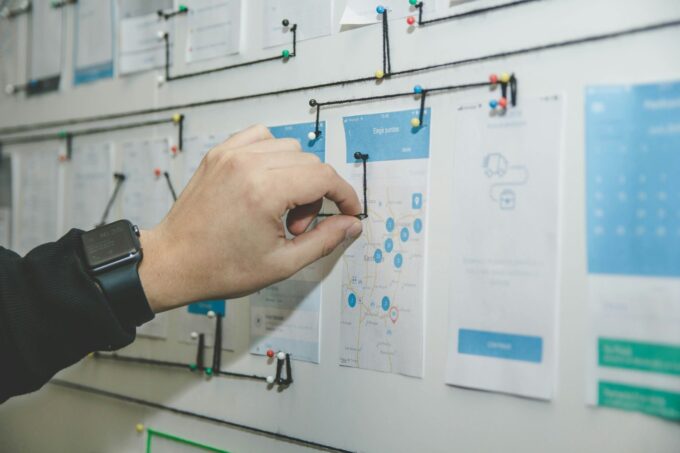


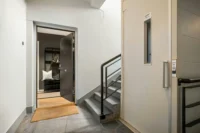
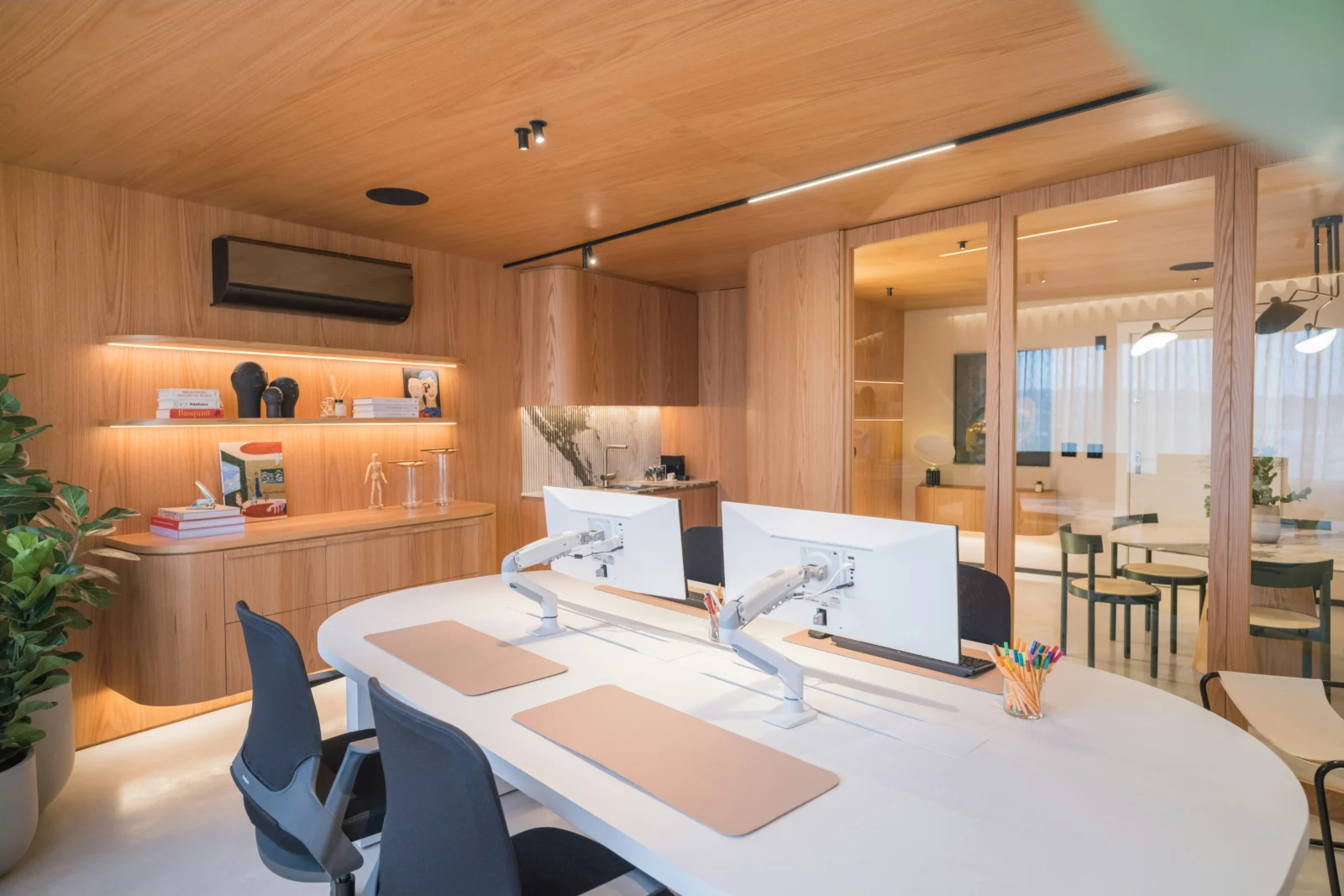
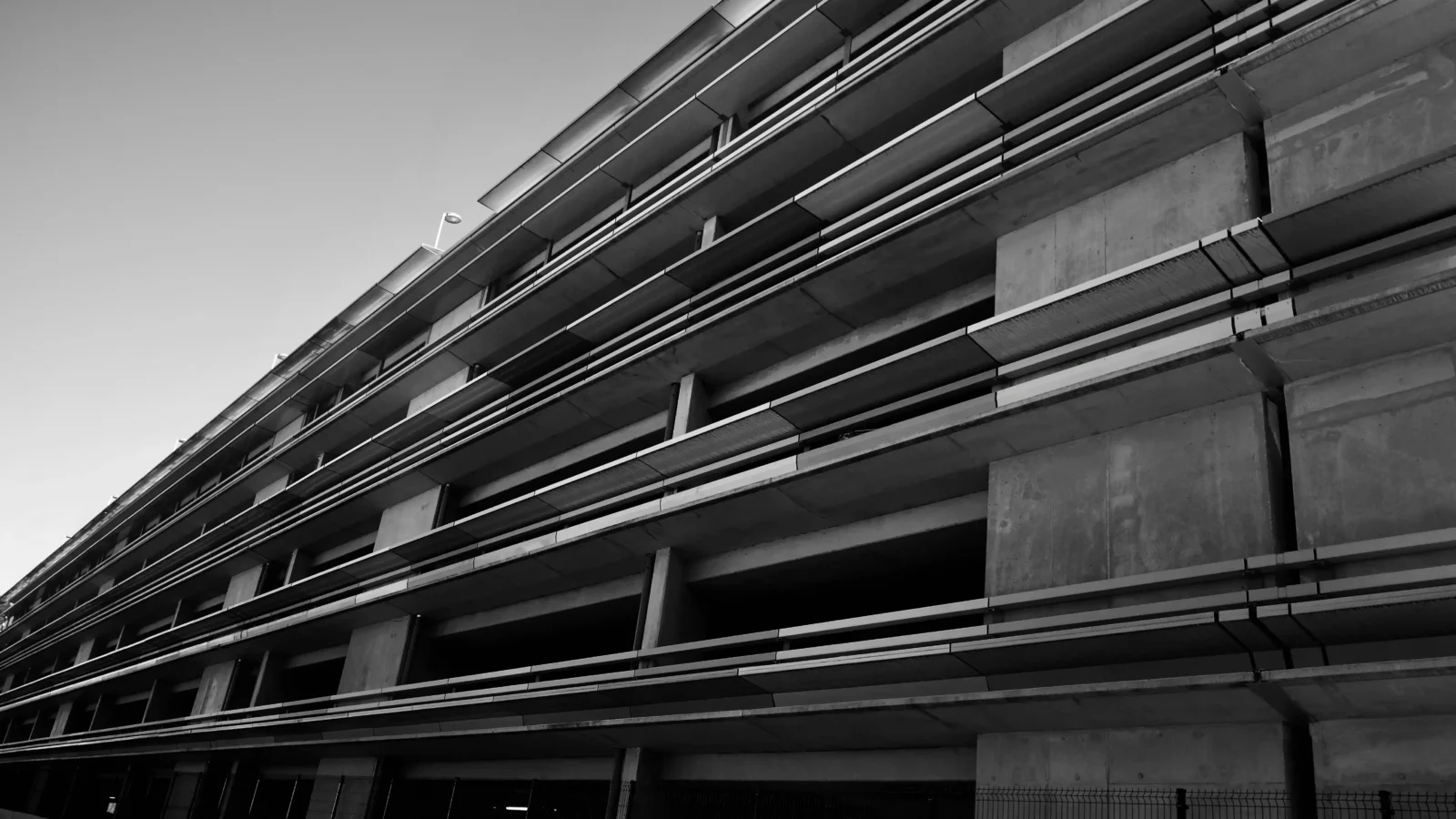
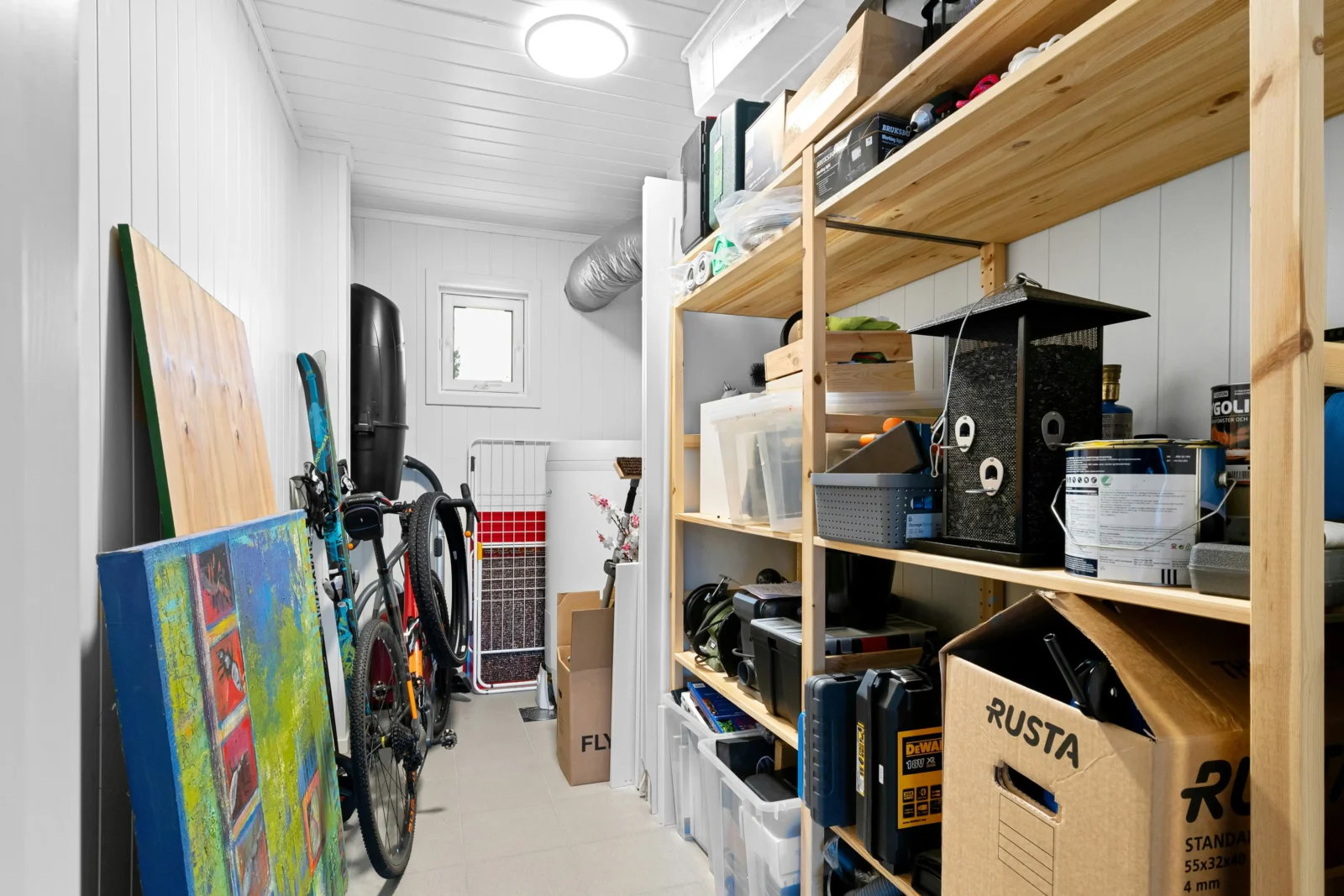
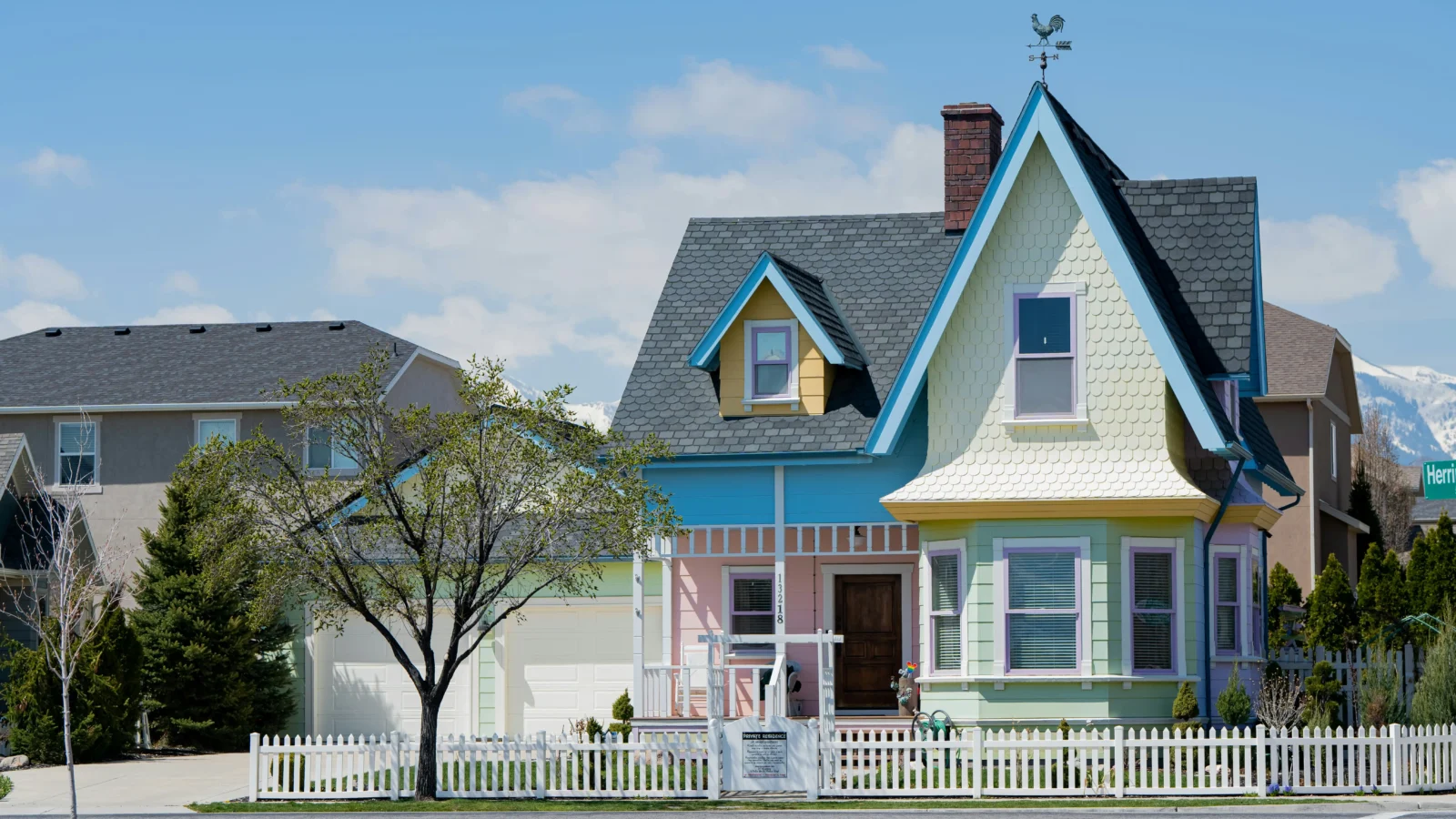
Leave a comment